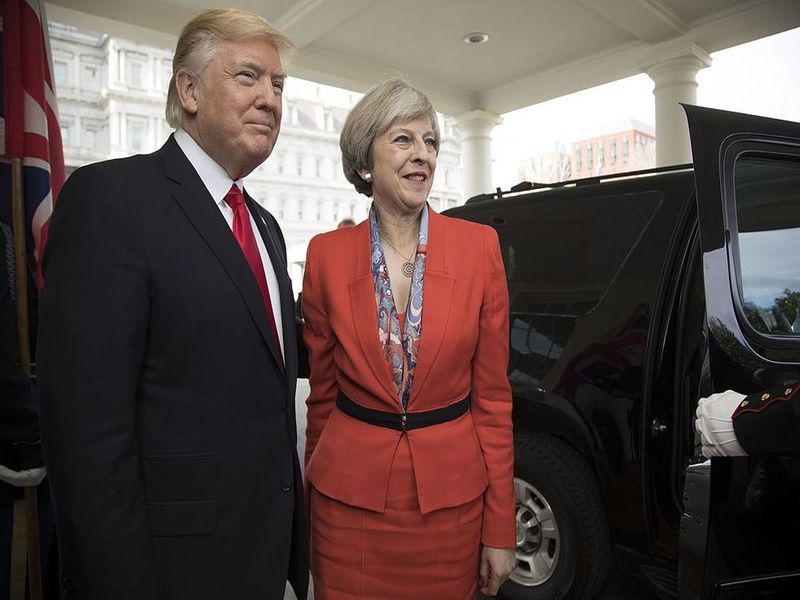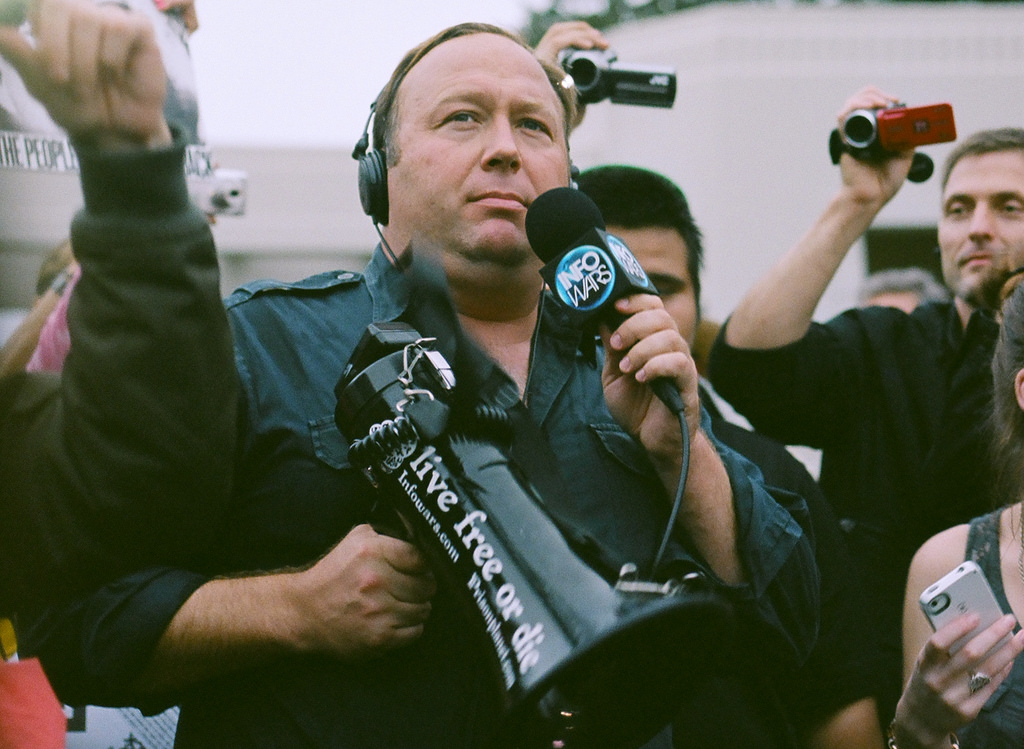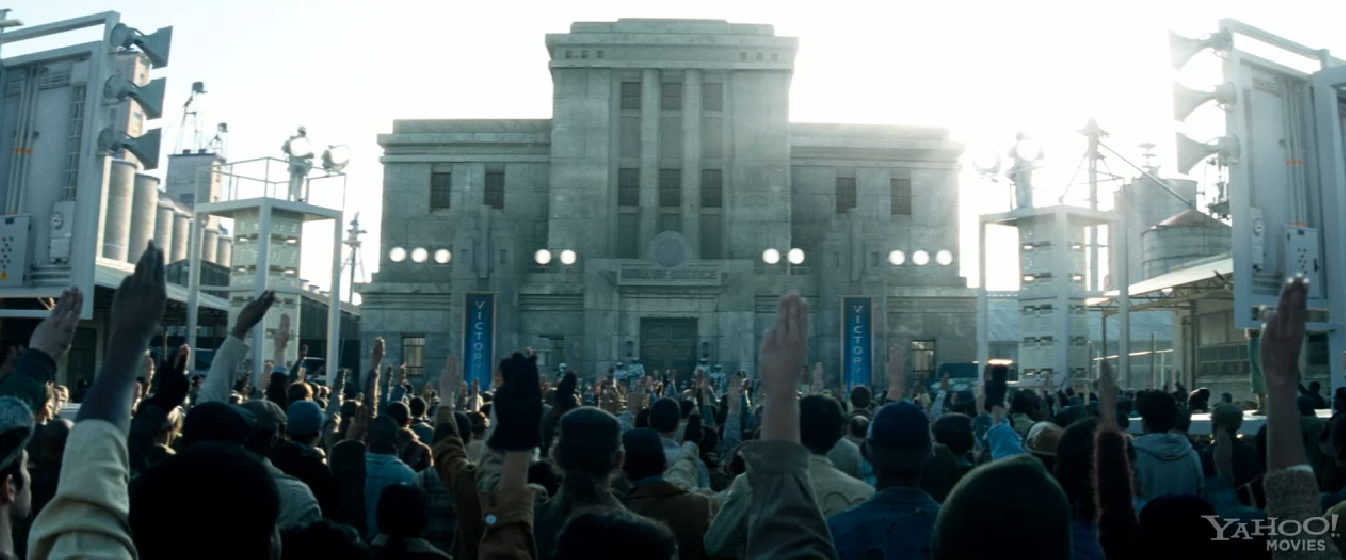It would appear as if David Cameron, then-leader of the Conservative Party and Prime Minister of the UK, was hedging his bets when he proposed a referendum. Attempting to please the Euro-skeptics of his political party in the pursuit of victory for the May 2015 election, Cameron touted a Conservative Party manifesto that promised the British people the opportunity to vote on either staying or leaving the European Union. The political climate was arguably different back then, and the results of the Scottish independence referendum to stay as part of the UK may have given false confidence to Cameron that drastic change was not on the horizon.
In fact, previous attempts to leave the European Economic Community, a precursor to the European Union, had failed. After all, Cameron was going to promote staying in the EU anyways, making the stay or leave referendum nothing but a gesture to pander to all sides.
But, by a narrow margin, the results indicated that Brexit was, indeed, the will of the people.
Cameron resigned as party leader and Theresa May became prime minister, fully expressing her intent to bring Brexit to fruition. As nationalism became populism, uncertainty loomed about what the future held for European nations and their commitments to each other. From a distance, it wasn’t a stretch to imagine that NATO was going to experience turbulence from within; Europe appeared fractured post referendum and Donald Trump referring to NATO as obsolete during his campaign for the US presidency further fueled the uncertainty. Even Jeremy Corbyn, leader the UK Labour Party, the official opposition, was criticized by his own party members for not doing enough to promote for Britain to remain in the EU. Corbyn has also been documented as being a vocal critic of NATO, which, in the context of emerging nationalism, highlighted a fractured West.
What had been initially intended as a strategic maneuver by Cameron unleashed a contagion. And now, Theresa May might be hedging her bets too.
On April 18th, Prime Minister May announced a snap election for June 8th. Her decision to dissolve Parliament came as a surprise, and has been considered a clever attempt at leveraging the political climate in her favour. With discontent amongst members of the official opposition over their leadership, the Conservatives seem to be hoping to capitalize on their lead in the polls—which appears to be narrowing since the the snap election was first announced.
What has yet to be considered is how international stakeholders will react to either candidate leading the UK.
With Corbyn conceding Brexit as a settled debate—to the dismay of his party and supporters—it leaves little difference on the EU’s attitude towards Brexit negotiations. Donald Tusk, the president of the European Council, has contended that the EU will be taking a “divorce first, talks later” stance, meaning that trade agreements would not be discussed until the terms of withdrawal were sufficient for bloc members.
Earlier in the year, Tusk had written a letter to leaders of the EU—excluding Britain’s— where he voiced his concerns about the Trump Administration being a threat to multilateral agreements. However, May recognizes the value in forging friendly relations with the US President, while Corbyn is more critical.
The G7 summit in Italy was the first not only for Trump, but Theresa May, Trudeau, and French President Emmanuel Macron; and followed immediately after the NATO summit in Brussels.
The NATO and G7 summits overlap as platforms for discussions about defence and security. Both May and Corbyn’s parties have expressed commitments to boost defence spending and meet NATO’s 2% GDP target. Whether this is a bargaining chip for Brexit negotiations or a symbolic affirmation of Britain’s commitment to its allies, the timing of the summits favour May. Abroad, she had the opportunity to display leadership on the international stage for voters, foreshadowing her ability to champion British interests. In fact, Theresa May chaired a counter-terrorism session in Sicily, urging for social media companies to be active in identifying and stopping dangerous ideology from spreading. This move corresponds with the recent deadly terrorist attack in Manchester.
Meanwhile, her absence gave Corbyn an advantage back at home with voters by focusing on unpopular Tory policy proposals—such as ending free school lunches for children and complicating social care costs for the elderly—to illustrate May’s betrayal of working families. Even underscoring cuts the Conservatives made to police funding would emphasize detachment between the government and public.
On one hand, the Conservatives can use Corbyn’s pacifist views as a way to imply that he is weak and unable to negotiate Brexit terms that favour the UK—or worse—unable to guide Britain’s transition. On the other, upon both parties’ disclosure of their manifestos, the Tories appear to have underestimated the backlash towards their policies. The Tories have since lost the double-digit margin they were leading with at the outset of the election. According to May, she is just six seats away from losing the election to Jeremy Corbyn.
So far, the British election hasn’t pandered to the dichotomy of right vs left populism that dominated the US and French elections. Perhaps it won’t, as there is already too much uncertainty about the future of Britain in a post-EU world. Instead, projecting an image of strength and stability could be what the British election ultimately hinges upon.
Maybe, the prime minister was premature in assuming a sweeping victory after choosing to backtrack on an earlier promise. But, if the volatility of politics is anything to go by, no bet is a safe bet.
Photo:“President Donald Trump greets British Prime Minister Theresa May upon her arrival, Friday, Jan. 27, 2017, to the West Wing entrance of the White House in Washington, D.C.” (2017). by Shealah Craighead via Wikimedia Commons. Public Domain
Disclaimer: Any views or opinions expressed in articles are solely those of the authors
and do not necessarily represent the views of the NATO Association of Canada.




